Text





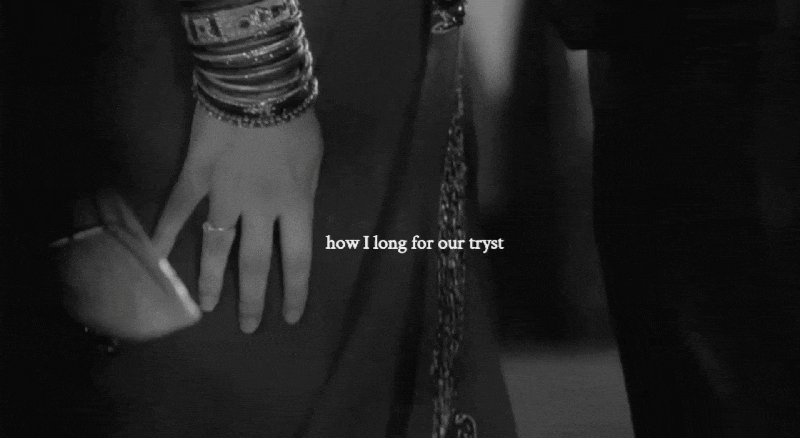


"These fatal fantasies
Giving way to labored breath
Taking all of me
We’ve already done it in my head"
- Guilty as sin? by Taylor Swift
44 notes
·
View notes
Text
Iss Pyaar Ko Kya Naam Doon?
I remember back in 2017 during the Christmas Holidays, my sister and I used to watch IPKKND like crazy. I would watch 10 episodes in a day. This is my favorite Indian series of all time. I'm mostly a fan of Bollywood movies, but this series was a heartthrob. The two actors who played Arnav and Khushi had such chemistry together. I can watch and rewatch it and still never get tired. It's just like Charmed for me.
#barun sobti#Iss Pyaar Ko Kya Naam Doon?#sanaya irani#ipkknd#indian cinema#desi girl#star plus#drama series#india#indian#arnav singh raizada#arnav and khushi#khushi kumari gupta
11 notes
·
View notes
Text
Thread about Joanna of Castile: Part: 11.
The subsequent actions of Philip may be considered part of a strategy, endorsed by Manuel, to legitimize his claim to Castile through his wife, but at her expense. He took advantage of the bitter circumstances of Juana's departure from Castile to try to re-spin his reputation to her disadvantage. He had a record of her extravagances sent to the monarchs through Mújica, who now worked as Philip’s agent rather than as Juana’s loyal servant.
When, after Isabel’s death, Philip’s Burgundian envoy and specialist in Spanish affairs, Philibert (‘La Mouche’) de Veyré, reproached Philip for this action—it was “not well done”



Philip protested angrily that he had been forced to:
“defend my right,” adding: “Whether the Queen is mad or not I shall have what belongs to her and me and will govern or lose my life in the attempt …”.
As Isabel lay dying, a new injection of sarcasm and insolence—almost certainly Manuel’s—is detectable in the joint despatches from Brussels. According to one of these, Juana was entirely to blame for her own isolation:
“Her Highness is her own doorkeeper …”.
They could hardly bribe their way in and if they tried to break down the door, they would risk being injured.
Much as they wanted to see her, “since it would give us authority,” she refused point-blank to see them; she was, she said, “mala de la cabeça.”
This indicates something more serious than a headache, but does not tally with Philip’s own remarks about Juana’s desire to return to Spain and the influence he feared she would exert there.
#joanna of castile#juana i of castile#philip the handsome#juana la loca#isabel#spanish monarchy#european history#irene escolar#history#johanna van castilie
0 notes
Text
Wuthering Heights
You'll live a long time yet, Catherine. An eternity without me.
You will look into the faces of passers-by, hoping for something that will, for an instant, bring me back to you.
You will find moonlit nights strangely empty because, when you call my name through them, there will be no answer.
Always your heart will be aching for me, and your mind will give you the doubtful consolation that you did a brave thing.
#wuthering heights#Les Hauts de Hurlevent#Lartësitë e stuhishme#Cumbres Borrascosas#Woeste hoogten#Sturmhöhe#Cime tempestose#catherine#love story#nostaligiacore#long time no see#moon#emily brontë#Heathcliff#catherine earnshaw#novel quotes#ellis bell#romanticism#Gothic fiction#dashuria#Pen name#English literature#lovers#west yorkshire#england#longing
0 notes
Text
Thread about Joanna of Castile: Part: 10.1.1. :“A Turbulent Marriage: Violent Scenes and Unresolved Tensions between Joanna and Philip”

Mojica had visited Castile in July 1504 to inform Isabella and Ferdinand of the grave things that had happened since the Princess returned, and which the ambassador had not written about in his letters because they were very delicate and secret. Although Philip had behaved well, Joanna was not interested in seeing or talking to the Spanish ambassadors any more.
In August, the monarchs contacted them by writing, expressing their dissatisfaction with the lack of affection between their daughter and son-in-law.
The following are some of the violent incidents that transpired between the spouses, which were subsequently recollected by the ambassador to Ferdinand and Isabella:
As the Princess was unwilling to be accompanied by anyone apart from her slaves, whom she had brought from Castile, who had contracted illness as a result of being overworked. Philip ordered her to dismiss her slaves and use the women whom he had chosen, threatening that he would not come to see her until she complied.
Joanna got annoyed, refused to obey, and dismissed the messenger who had informed her, threatening him with death.
The Prince had to come personally to remove the slaves because, besides, the Princess had marked them on their faces; she opposed him and spoke to him insolently. Only when he threatened he would not sleep with her anymore did the Princess agree to dismiss the slaves, although not without pulling one of them when she was about to leave.
As soon as Philip left the bedchamber, Joanna summoned one of them again, and after another violent scene, the Prince himself left.
Later, he wrote to Fuensalida to inform him that he had resolved to lock all of Joanna’s doors, except one because he was afraid she would try to run off to a monastery, and from there to Spain – and that he would not allow any Spaniard to see her and would send her slaves and almoner back to Spain.

The Spanish ambassadors begged him to not do this without thinking it over, but he replied he was not going to seed as far as the slaves were concerned.
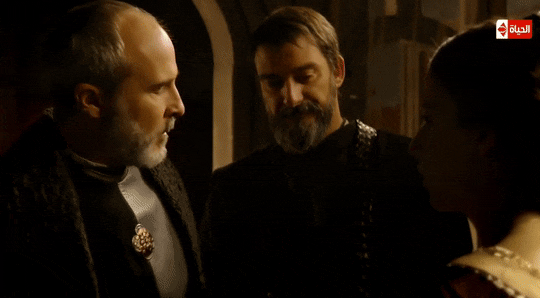
The ambassadors went to see the Princess, and to convince her she should resolve that problem. Joanna responded harshly that they should not speak to her about anything, except what her parents told them to.

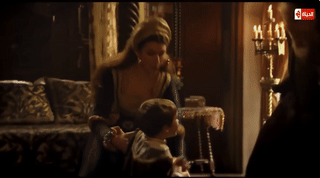
Philip ordered the children to be brought and begged Joanna sweetly to be reasonable, but it did not have any effect on her, and she insisted on having her slaves back.




Then, annoyed, Philip told her she was going to be locked away, and no Spaniard would be able to see her. She locked herself up in her rooms, refused to eat, and asked Philip to come. He, however, refused to go, despite the ambassador's pleas.

He returned at night, sick and with one of his feet hurt. Furthermore, he retired to a chamber that was situated below the one in which his wife resided. When Joanna sensed he was there, she started hitting the floor with a stick or stone, calling him. She spent the entire night doing this, saying from time to time:


‘Answer me, I want to know if you are there…’
And, at the same time, she began scratching the floorboards with a knife.

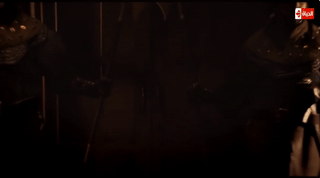
The next day, she said if they wanted her to take food, then her children and ladies should be brought to her.
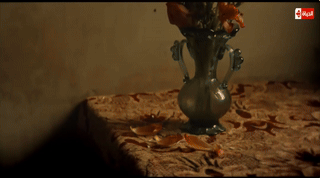

Philip became desperate, had all the doors opened for her, and said she could go wherever she wanted. He was going to Flanders, to not have to see her any more until she complied with his wishes.



Shortly afterwards, the Princess wrote him a long letter, apparently very reasonable, given that, according to Fuensalida, Philip believed he would find her obedient at his return. In the end, in the month of November, the Prince sent the slaves, and some other of Joanna’s servants, back to Spain. He believed that after separating them from Joanna, they would live in greater harmony.
Although the ambassador wrote to King Ferdinand:
‘The Prince would like to do with the Princess all that we tell him on your behalf, or even more, because we have always found him ready to please her, if she wanted, but she would rather not let him (please herself) or to do what she ought to… It is a pity to see him when he speaks of the Princess…’
The ambassador firmly believed that if God did not miraculously take Joanna’s obsession (over her husband) away, and did not give Philip a different character, it would be impossible for them to live in harmony.
With such a lack of it at home, how would they be able to rule well over so many kingdoms?
Correspondencia de Gutierre Gomez de Fuensalida, embajador en Alemania, Flandes é Inglaterra (1496-1509), el duque de Berwick y de Alba, conde de Siruela
#joanna of castile#juana i of castile#philip the handsome#juana la loca#irene escolar#raul merida#season 3#joana la loca#ISABEL#spanish monarchy#european history#monarchy#roalty
1 note
·
View note
Text
Amen to that!!!
you want it because your future self already has it
3K notes
·
View notes
Text
Sultan Mehmed II X Emine Gülbahar Mükrime Hatun
In January 1448 a son was born to Mehmed Çelebi in Thracian Dimotika, by a slave girl named Gülbahar. The boy was given the name of Bayezid and was later (1481) to mount the Ottoman throne as the second sultan of this name.
There is no doubt that this union was beneath Mehmed's station: Gülbahar bint Abdullah, whom Turkish legend sub- sequently transformed into a "daughter of the king of France," was a Christian slave of Albanian origin.
It is equally certain, as we shall see later on, that Mehmed preserved a particular affection for her as long as he lived. From the fact that Gülbahar Hatun bore her child in Dimotika, it may be inferred that Mehmed was back in Europe by the beginning of 1448 at the latest and perhaps even that he was residing there. Dimotika was the site of an old Byzantine castle, with a double ring of walls, preserved by the sultans and sometimes used for the Ottoman state treasury.
Babinger, F. (1978). Mehmed the conqueror and his time. Princeton University Press.
P.s. She also bore him a daughter named Geverhan Sultan.
#sultan mehmed ii#Emine Gülbahar Mükrime Hatun#gulbahar hatun#rise of empires: ottoman#ottoman empire#turkish history#history#european history#Dimotika#Geverhan Sultan#albanian#ottoman women#ottoman culture#slave girl
3 notes
·
View notes
Photo
No — one has played the role of Sultan Mehmed II as good as CEM YİĞİT ÜZÜMOĞLU.



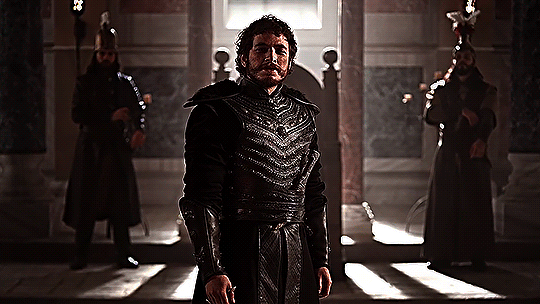
CEM YİĞİT ÜZÜMOĞLU as SULTAN MEHMED II in RISE OF EMPIRES: OTTOMAN
98 notes
·
View notes
Text
I used to have a massive crush on the actor who played Edward Seymour. I mean, look at him, look at his jawline, look at the way he looks at you.
What a man...
#edward seymour#the tudors#the tudor dynasty#handsome#crush#max brown#Seymour Family#history#british history#british royal family
11 notes
·
View notes
Text
Haßliebe












I hate and I love. Why I do this, perhaps you ask.
I know not, but I feel it happening, and I am tortured — Catullus 85
Maximilian’s biographer, Wiesfecker, describes Juana’s behaviour as:
"The symptom of a pathological, passionate, if not unfounded, Haßliebe, fomenting continual strife. "
#juana i of castile#joanna of castile#philip the handsome#juana la loca#johanna van castilie#isabel#spanish monarchy#european history#history#irene escolar#Haßliebe#Love–hate relationship#Tsundere#Amour-haine#raul merida#philip de schone#Filips I van Castilië
1 note
·
View note
Text
Thread about Joanna of Castile: Part : 10 “A Storm of Jealousy: Juana and Philip's Turbulent Reunion"


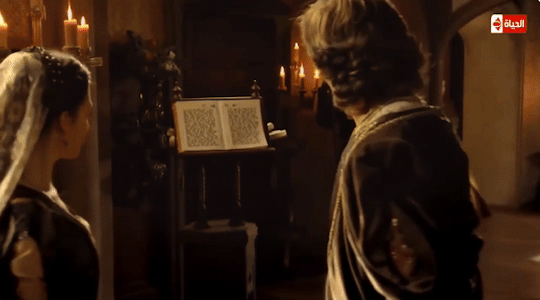
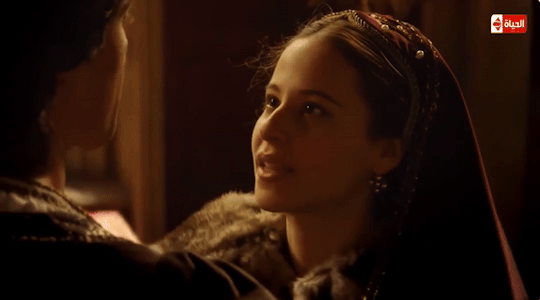
By May 1504, Juana was in Burgundy. Juana’s reunion with Philip and the children was joyful.
But soon afterwards she suspected, or discovered, an affair between Philip and a noblewoman in her entourage:




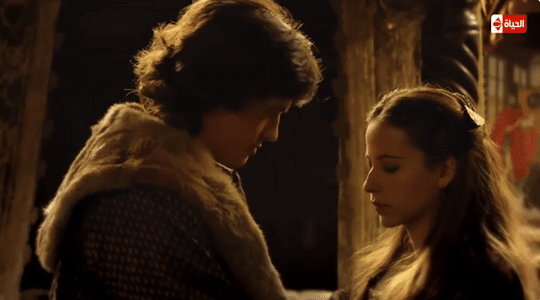

“They say,” writes Martire, “that, her heart full of rage, her face vomiting fames, her teeth clenched, she rained blows on one of her ladies, whom she suspected of being the lover, and ordered that they cut her blond hair, so pleasing to Philip …”


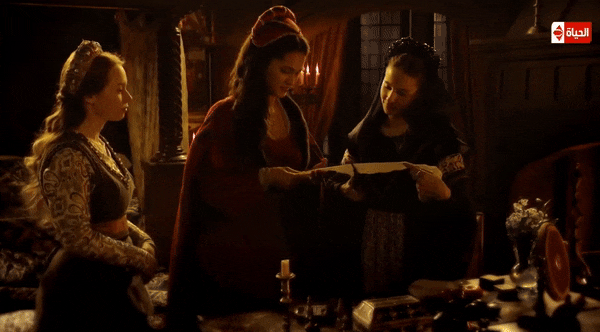
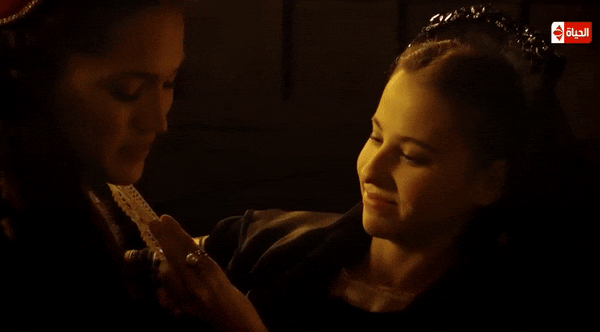


Philip’s response was equally furious. He had “thrown himself” on his wife and publicly insulted her.




Sensitive and obstinate, “Juana is heartbroken … and unwell …”.
Isabel “suffers much, astonished by the northerner’s violence.
Maximilian’s biographer, Wiesfecker, describes Juana’s response as:
"The symptom of a pathological, passionate, if not unfounded, Haßliebe, fomenting continual strife. "
Juana would have known for years about Philip's visits to the baigneries and his more casual relationships with women. However, this affair seemed to pose a direct challenge to her standing and dignity. Juana knew her faults and had tried to limit them. In 1500, after becoming princess, she had asked Isabel to send her an honest and prudent Spanish lady who:
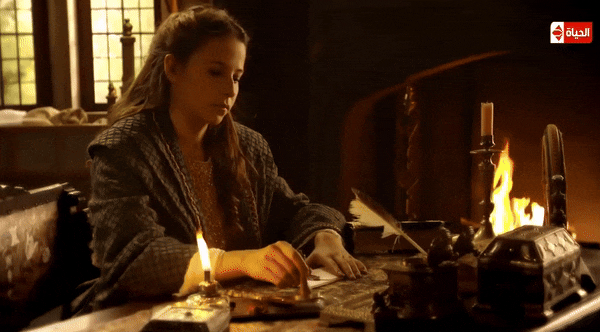



“Knows how to advise her, and where she sees something out of order (‘deshordenado’) in her conduct could say so as servant and adviser but not as an equal because, even if the advice were good, if expressed in a disrespectful way it would create more anger in she to whom it was said than it would allow for correction.”
Sources: Fleming, G. B. (2018). Juana I: Legitimacy and Conflict in Sixteenth-Century Castile (1st ed. 2018 edition). Palgrave Macmillan.
Fox, J. (2012). Sister Queens: The Noble, Tragic Lives of Katherine of Aragon and Juana, Queen of Castile. Ballantine Books.
Gómez, M. A., Juan-Navarro, S., & Zatlin, P. (2008). Juana of Castile: History and Myth of the Mad Queen. Associated University Presse.
#joanna of castile#juana i of castile#juana la loca#philip the handsome#isabel#european history#spanish monarchy#spanish princess#infanta#irene escolar#raul merida#flanders#vlaanderen#Huis Habsburg#House of Valois-Burgundy#Filips I van Castilië#Philippe le Beau
5 notes
·
View notes
Text
Thread about Joanna of Castile: Part 9:Juana's arrival
Intrigues and Ambitions: The Political Landscape of Philip and Juana's Court

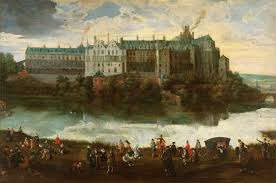
Erasmus' Epiphany speech in 1504, which he gave to Philip on the Coudenberg, was fatter than most speeches.
The princess was as chaste as Penelope; as pious as Claudia; as noble as Cornelia, mother of the Gracchi.
Yet, Erasmus had a pointed message: Spain was a temptation that Philip (and, by extension, Juana) had to resist.
Speaking in the voice of the Low Countries he declared:
“Spain crowned you, but I bore you. I admit I owe everything to you, but in return you owe yourself to me. That is a bold thing to say, but it is the truth. For I know I address my true prince, and not a tyrant.”
Jan Smeken, leading poet, or facteur, of Brussels’ chamber of rhetoric, De Lelie (Lily), feted Juana’s return in similar vein as essential to the peace, prosperity, and impregnability of the Low Countries. He compared her to the Trojan Palladium, divine image of Pallas Athene, which had put Troy beyond the reach of Greece.

But neither Erasmus nor Smeken had counted on Philip’s new favourite, Juan Manuel, lord of Belmonte de Campos, brother of the late Marina Manuel, and an ambitious and able diplomat. Manuel had helped prepare Juana’s first voyage to the Low Countries, commissioning the two Genoese carracks.
Although loyal to Isabel, he had a passionate antipathy for Fernando and was determined to whet Philip’s appetite for Castile.

Fuensalida felt sidelined:
“Don Juan … speaks in such obscure terms that I cannot understand the meaning, although I understand the words … They only speak to me in general terms; they do not call me to their meetings. I understand that these are about matters very different to those your highnesses would like to hear about, indeed, they are the contrary of them…”.
After Manuel’s arrival, Juana’s relations with the three Spanish ambassadors, whose joint despatches resound with Manuel’s voice, deteriorated sharply.
Sources: Fleming, G. B. (2018). Juana I: Legitimacy and Conflict in Sixteenth-Century Castile (1st ed. 2018 edition). Palgrave Macmillan.
Fox, J. (2012). Sister Queens: The Noble, Tragic Lives of Katherine of Aragon and Juana, Queen of Castile. Ballantine Books.
Gómez, M. A., Juan-Navarro, S., & Zatlin, P. (2008). Juana of Castile: History and Myth of the Mad Queen. Associated University Presse.
#joanna of castile#juana i of castile#philip the handsome#juana la loca#isabel#juana of castile#european history#spanish monarchy#spanish princess#infanta#Juan Manuel#señor de Belmonte#juan manuel#senor de Belmonte
2 notes
·
View notes
Text
Thread about Joanna of Castile: Part 8.3: "Strained Loyalties: Juana's Personal and Political Turmoil"


Juana’s decision to abandon Castile would go on to have immense repercussions for her future and for that of her kingdoms.
Prawdin thought she had made an emotional, political, even religious rupture with “all Spain.”
For Aram too,
“It was clear that Juana was willing to use her health and compromise her status to obtain what she wanted, and that was not to reign over Castile.”
Others have seen her conduct as “a symptom of madness.”
Zurita thought the incident at La Mota
“Revealed the indisposition and dementia (demencia) of the Princess, which was not formerly public knowledge.”
Ladero Quesada too has Juana “passing the threshold of dementia: while for Suárez Fernández:
“Since that stormy night of November 1503 … her parents … had not the slightest doubt that [Juana] suffered from a mental disturbance so great that it could prevent her from assuming her functions.
She regarded her marriage vows with utmost seriousness, and had also made oaths to her future kingdoms before the altars of Toledo and Zaragoza. Her subsequent insistence on safeguarding Castilian interests, as she perceived them, would ultimately jeopardize her relationship with her husband, whom she had longingly sought to reunite with.
Sources: Fleming, G. B. (2018). Juana I: Legitimacy and Conflict in Sixteenth-Century Castile (1st ed. 2018 edition). Palgrave Macmillan.
Fox, J. (2012). Sister Queens: The Noble, Tragic Lives of Katherine of Aragon and Juana, Queen of Castile. Ballantine Books.
Gómez, M. A., Juan-Navarro, S., & Zatlin, P. (2008). Juana of Castile: History and Myth of the Mad Queen. Associated University Presse.
#joanna of castile#juana i of castile#philip the handsome#juana la loca#isabel#juana the mad#juana of castile#spanish monarchy#spanish princess#infanta#european history#15th century
3 notes
·
View notes
Text
Thread about Joanna of Castile: Part 8.2: “A Mother's Distress: Juana's Turbulent Departure from the Castle”
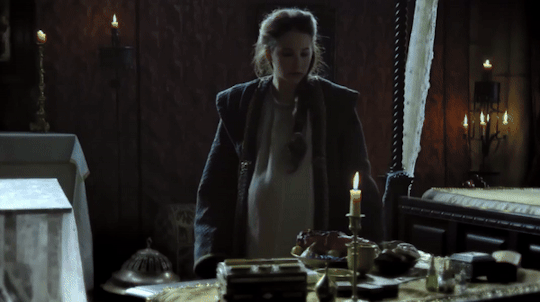



Guessing that her mother was trying every trick she could think of to
keep her, Juana abandoned pleading and talking. Instead, she staged an astonishing display of histrionic, even hysterical, behaviour, indulging in tactics she would employ for the rest of her life whenever she was thwarted or powerless. She refused to eat, to talk, or to sleep, she attempted to force a ship’s captain to prepare to sail.
On a cold November night, Juana fled, half-clad, from the castle.
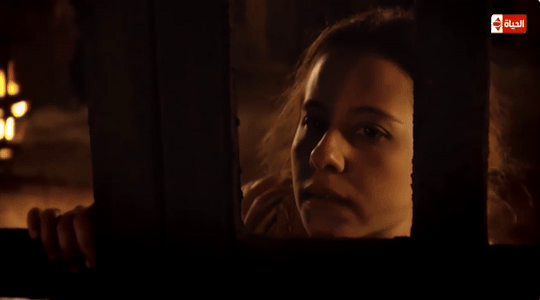





When she realised that Isabel had ordered that the gates be shut, she
“Remained in the outer precinct of the house all evening and all night and all the next day until the second hour in the humidity and night dew and without either hat or coat, during one of the coldest nights of the year so far, and not for a moment would she return to her room.”
She even threatened the bishop with death and torture for keeping her locked up.
Martire describes her prowling the outer precincts of the castle like “an African lion.”
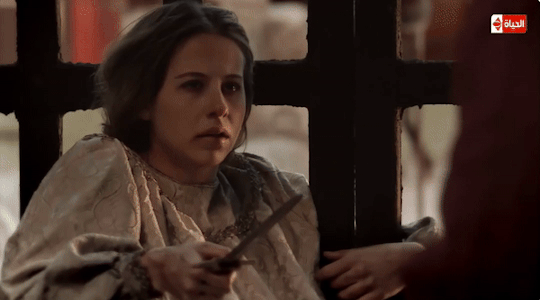

The international fair was in full swing, with the saddle and leather workers engaging in trade close to the castle walls. Concerned that Juana’s departure would cost her authority and reputation, Isabel sent a series of high-ranking emissaries, including Cisneros, in vain attempts to persuade her to return inside.

In the end, Isabel had to come in person:
“With more effort and haste, and making longer days of it than I knew was good for my health.”
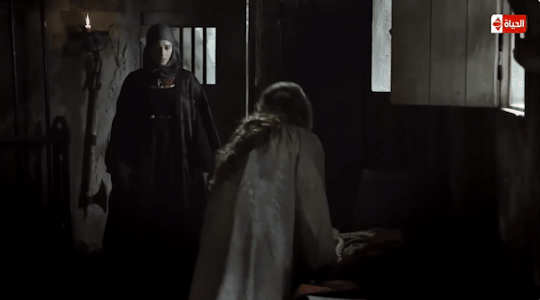
But Juana :
“Spoke to me so heatedly and with words so disrespectful and so far, beyond what a daughter should say to a mother, that had I not seen the state she was in I would not have tolerated it for a moment.”

We do not have Juana’s account. Did she, when arguing with her mother, venture into the darker territory of Isabel’s past? Might she even have referred to Isabel’s role in the descasamiento of Afonso V of Portugal and Juana (‘la Beltraneja’) of Castile when the war of the Castilian succession of 1475–1479 ended in their defeat? The heir to the throne of Castile, Enrique IV's daughter and heir, was still confined to monastic confinement in Portugal in 1503, but she would never give up her claim to the crown.
On 2 December 1503, Lope de Conchillos wrote to his uncle, Fernando's secretary, Miguel Pérez de Almazán, that Isabel was well but “very afflicted and tired” of the princess.
In March 1504, Juana was finally allowed to leave the country. In the end, her tantrums worked. The bishop of Catania, Diego Ramirez de Guzmán, was sent with her to strengthen the Spanish diplomatic presence in Brussels. Moreover, Diego Ramirez de Villaescusa, bishop of Málaga, did not accompany her.


Juana’s journey, from beginning to end, was a reversal of the first. There were no tears when she left Laredo, but Philip eagerly awaited her at Blankenburg/Blankenberge.
While Isabel wondered if she would stay as unhappy as she was while she was here, she was the talk of the Low Countries. Juana's decision to leave Castile would have big effects on her future and the kingdoms she ruled.
Sources: Fleming, G. B. (2018). Juana I: Legitimacy and Conflict in Sixteenth-Century Castile (1st ed. 2018 edition). Palgrave Macmillan.
Fox, J. (2012). Sister Queens: The Noble, Tragic Lives of Katherine of Aragon and Juana, Queen of Castile. Ballantine Books.
Gómez, M. A., Juan-Navarro, S., & Zatlin, P. (2008). Juana of Castile: History and Myth of the Mad Queen. Associated University Presse.
#joanna of castile#juana i of castile#philip the handsome#juana la loca#isabel#juana the mad#juana of castile#johanna van castilie#irene escolar#spanish monarchy#spanish princess#infanta#spain#philip de schone
8 notes
·
View notes
Text
Thread about Joanna of Castile: Part 8.1: "A Tumultuous Dilemma: Juana's Struggle Between Love and Duties"



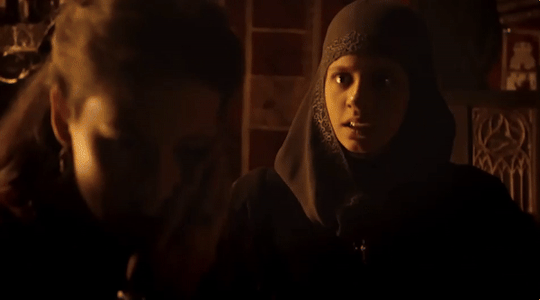
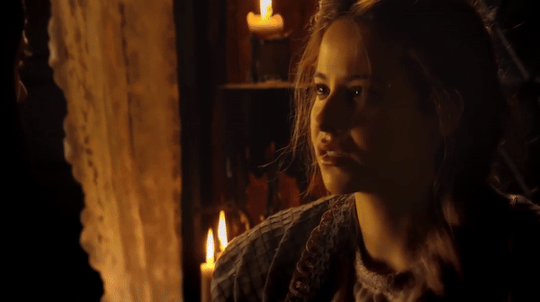
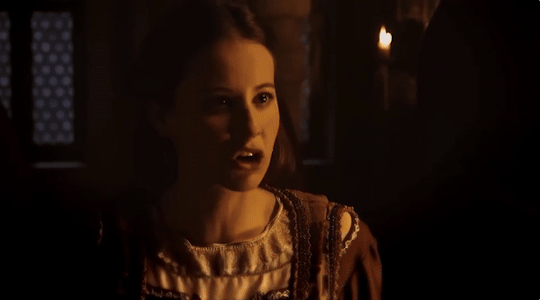


Torn, nonetheless, between mother and husband, old frustrations and resentments erupted. She feared that Isabel planned, in Padilla’s word, to descasar (‘unmarry’) her. The news that Philip, always susceptible to fever, had fallen seriously ill at Lyon would have put her in a state of deep concern. It can be no mere coincidence that, just as Louis’ doctors were despairing of Philip’s recovery, Isabel’s doctors were concluding that relations between mother and daughter had become so bad that they had to be separated.
Even if Juana did not fully realise the seriousness of Philip’s illness, her instinct would have been to rush to his side, and she may have reminded Isabel of the monarchs’ remark of 1500:
“Do not think that you are coming here never to return. Rather, you can come and go as you wish after being sworn-in.”


However, the seas were beginning to build, and Juana was unable to travel through France while hostilities continued. Above all, Isabel’s own health was deteriorating. She attempted to conceal Philips eventual arrival home from Juana “because, in truth, she did not want her daughter to return to Flanders, since she felt very unwell with the illness from which she died.”




Philip, upon his recovery, maintained the pressure for Juana's return by dispatching a series of messengers and letters. In August, Juana assured him that preparations for her departure were under way; that she and Isabel were heading for Burgos and that Ferdinand was well. In the event, Isabel stayed at Segovia while Juana, proceeding north, stayed in the stronghold of La Mota at Medina del Campo.






Her residence in the fortress remains something of a mystery. From its hill, the red brick castle, with its massive quadrilinear keep and bartizan towers, was Castile's arsenal as well as archive and occasional lodging place and prison, and it still has a prison. The most likely explanation for Juana's stay is that Isabel had decided that she could be better guarded at La Mota than at the royal palace, since trust was failing on both sides.



On 6 September, a ship’s captain told Fernando that he had received an order from Juana to await her at Bilbao. A dismayed Isabel wrote:
“I do not think, or expect, and so cannot believe you are leaving, for although there are many necessary reasons for your departure, greater problems may follow if you leave like this.”






Juana complied. She was, however, beginning to feel pressure from Philip, who used four-year-old Charles to send an emotional appeal. Juana’s last reserves of self-control broke down.
Sources: Fleming, G. B. (2018). Juana I: Legitimacy and Conflict in Sixteenth-Century Castile (1st ed. 2018 edition). Palgrave Macmillan.
Fox, J. (2012). Sister Queens: The Noble, Tragic Lives of Katherine of Aragon and Juana, Queen of Castile. Ballantine Books.
Gómez, M. A., Juan-Navarro, S., & Zatlin, P. (2008). Juana of Castile: History and Myth of the Mad Queen. Associated University Presse.
#joanna of castile#juana i of castile#philip the handsome#juana la loca#isabel#spanish monarchy#johanna van castilie#european history#history#irene escolar#raul merida
5 notes
·
View notes
Text
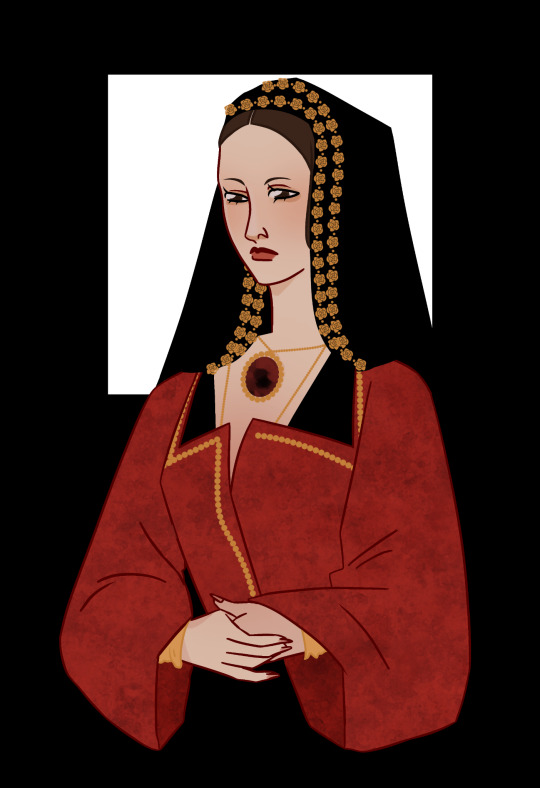
#joanna of castile#juana i of castile#philip the handsome#juana la loca#isabel#spanish monarchy#johanna van castilie#european history#history
80 notes
·
View notes
Text
Thread about Joanna of Castile: Part 8: “The Tragic Departure: Philip's Refusal and Juana's Suffering




















Philips' refusal to stay longer shocked both monarchs and procurators. Castilian procurators warned that if he crossed France during wartime, he would be considered a traitor, exposing himself to the mercy of his enemies and endangering Juana's life. This would not only undermine the monarchs, but also the interests and honour of all Spain, and would cause great agitation. The Aragonese procurators appealed to Philip in the same way. Although the monarchs persuaded Juana to remain for the birth of their fourth child, Philip left Madrid on 19 December.
Martire was dismissive of Juana, who showed no sign of 'royalty or courage'. Burton, perhaps familiar with Martire’s letters, later summarised the situation in his opus on melancholy.

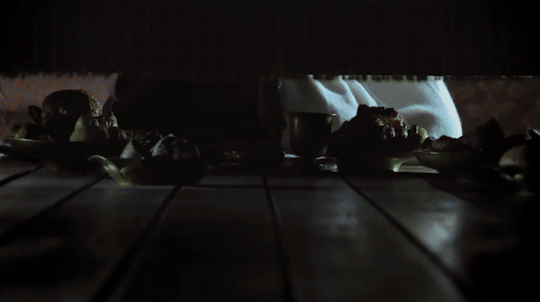
Juana was:
“So impatient and melancholy upon [Philip’s] departure, that she would scarce eat her meat, or converse with any man; and though she were with child, the season of the year terrible, the wind against her, in all haste would to sea after him.”
Historians have also attributed this distressing episode to Juana's personal obsession with Philip, underestimating the broader political aspect. As with all female royals, Juana was born into a highly political setting. Even though she wasn't power-hungry, honour and reputation mattered to her. She was not only affected by her separation from her husband, but also by his conduct towards her. As a result, Juana, who wore violet for her reunion with Isabel in May, bid Philip farewells in December.
Almost certainly, this signalled more than personal grief. She was heir to the many realms of Castile and Aragon and beyond personal grief and dishonour, her mourning signalled a political calamity.
The idea that Philip had run from his commitments as soon as the oath-taking was over made people doubt the succession, which made it very unlikely that the Spanish kingdoms could be ruled by princes who were also archdukes of Austria and dukes of Burgundy. This left Juana with a difficult decision, although not necessarily a resolute one:
To abandon her husband and children and remain in Castile to confront an uncertain future; or, in the event of Isabel's demise, to allow Fernando to continue to lead until Charles reached adulthood.
Considering the magnitude of negative remarks regarding Juana's conduct, it is noteworthy to recall that throughout the spring, she remained faithful to her royal duties. She made various acts of religious patronage, including visits that January to the Clarisan monastery of Rejas. Another sign that she supported the Franciscan order comes from a note written by a man named Francisco Segarra, who was hired by the kings to inspect monasteries in Aragon in 1493. Segarra thanks Juana for an act of charity and for her letters, in which she told him not to hesitate to ask her for more help. He hopes to be able to visit her soon.




On 10 April, she brought comfort to her parents with the birth, at Alcalá de Henares, of a second son, Ferdinand, whom she agreed to leave in Castile. Sandoval describes Juana’s pleasure at the birth and the (fattering) sermon about her that Villaescusa preached at the baptism. Zurita refers to the:
“Great respect that the princess always had for the queen.
Sources: Fleming, G. B. (2018). Juana I: Legitimacy and Conflict in Sixteenth-Century Castile (1st ed. 2018 edition). Palgrave Macmillan.
Fox, J. (2012). Sister Queens: The Noble, Tragic Lives of Katherine of Aragon and Juana, Queen of Castile. Ballantine Books.
Gómez, M. A., Juan-Navarro, S., & Zatlin, P. (2008). Juana of Castile: History and Myth of the Mad Queen. Associated University Presse.
#joanna of castile#juana i of castile#philip the handsome#juana la loca#isabel#irene escolar#Raúl Mérida#Philippe le Beau#Felipe I de Castilla#Felipe el Hermoso#Philipp I. von Kastilien#Filips I van Castilië#Johanna van Castilië#Jeanne la Folle#european history#johanna van castilie#catherine of aragon
5 notes
·
View notes